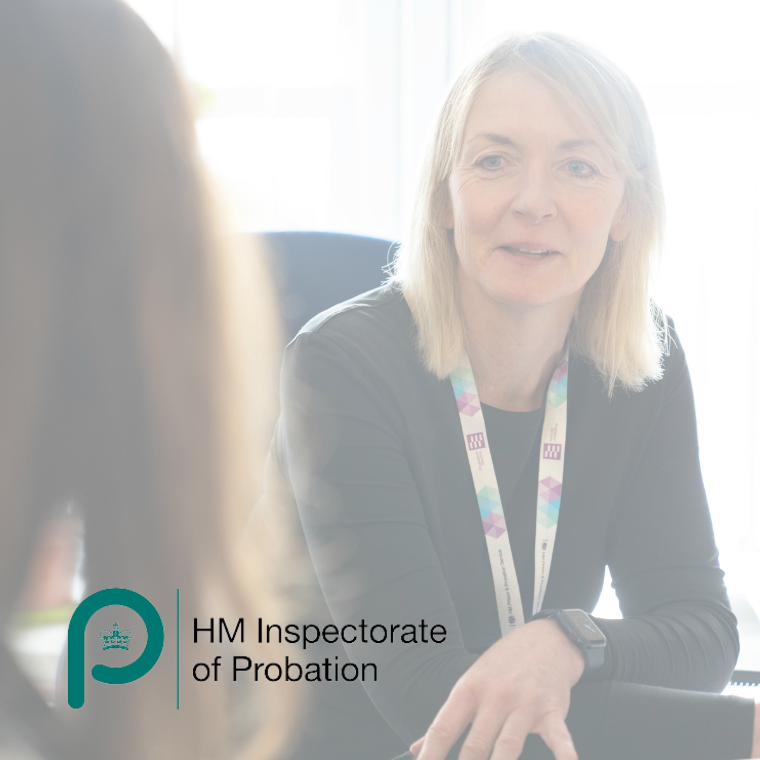As part of a wider study on violence, we worked with the London Violence Reduction Unit (VRU) to better understand the impact of violent knife crime across the city of London. In partnership with the University of Nottingham, Get the Data and others, we analysed data from a wide range of sources to provide actionable insights for violence prevention. Find out more about this project.
What we do - Case study
Helping London Violence Reduction Unit understand the impact of knife crime



The challenge
As part of a wider study on violence, the London Violence Reduction Unit (VRU) wanted to better understand the impact that violent knife crime was having on the people who live and work across the city, as part of their work to plan for change and reduce crime rates.
With previous research published in 2020, they recognised a need to build upon that work to better understand other factors – such as how university populations impacted crime rates – and whether there were any data challenges that were hampering their ability to plan effectively.
The solution
The London VRU wanted independent recommendations for how they could change their operational environment, increase their collaboration with affected residential communities, the police and other support services in each area, and the educational and business community as well.
The aim was to add to the evidence base around knife crime and its impacts, so that they could respond to the current problems and make the best decisions possible with the available evidence.
The research, conducted by Skills for Justice, Jack Cattell (Get the Data) and Professor Eddie Kane (Centre for Health and Justice, University of Nottingham) involved the application of a mixed methods approach (interviews, focus groups, surveys, mapping and social media analysis) to inform the VRU approach to violence prevention in London.
We were able to map the geographical units where violent crime is clustered – called Lower Super Output Areas (LSAOs) – across the whole city and in doing this, our partnership achieved the following:
- Worked with stakeholders to understand more about the key themes they identified as driving violence across London
- Designed an approach by identifying the target LSAOs, looking at the data to uncover neighbourhoods that had high levels of violence significantly above the average; which neighbourhoods had a high and increasing violent crime trajectory; and other areas with lower but still relatively high rates of violent crime, to ensure a comprehensive and representative sample for the research
- Analysed and integrated datasets to determine the location and density of factors such as deprivation and other societal or economic; health; education; crime; community investment; alcohol consumption; transport; housing/accommodation; night-time economy activity; and alcohol licensing.
- Mapped and visualised the data as a distribution across London to examine the correlations between these data inputs and any links between them and high or rising levels of violence in the LSAOs
- Collected data from a wide range of local stakeholders and community members through interviews, focus groups, social media analysis and surveys
- Presented the findings in a workshop format to the VRU
- Produced a final report of the data, insights, and recommendations for the VRU
You can access the full report and figures here.
The impact
The London Violence Reduction Unit was provided with a key set of 10 recommendations, giving them an evidence-based approach to their decision-making and ability to make informed choices about how they develop and structure their efforts to reduce violent crime across London.
- Strengthen its approach in making investments in violence reduction initiatives.
- Strengthen its approach to investment and initiative selection based on co-production and not traditional community consultation.
- Continue to work with partners to invest in initiatives that support the development of the protective factors of community cohesion.
- Continue to work with partners to foster prevention and early intervention initiatives.
- Shift the core data analytical focus more onto Lower Layer Super Output Areas (LSOAs) to understand accurately and precisely the nature and extent of violence.
- Continue (and extend) the culture of robust research and evaluation to develop a dynamic understanding of patterns of violence and related harm.
- Continue to explore ways in which they can work with police to focus positive police community support in those areas identified as vulnerable to violence and harm.
- Explore (with partners) ways of integrating gathered intelligence and use the available advanced analytic processes to help identify vulnerabilities and micro-target resources.
- Work with universities and their partners to improve their understanding of violence associated with campuses and community accommodation of students.
- Work with employers and wider civic society to foster opportunities for young people in the most vulnerable areas.












